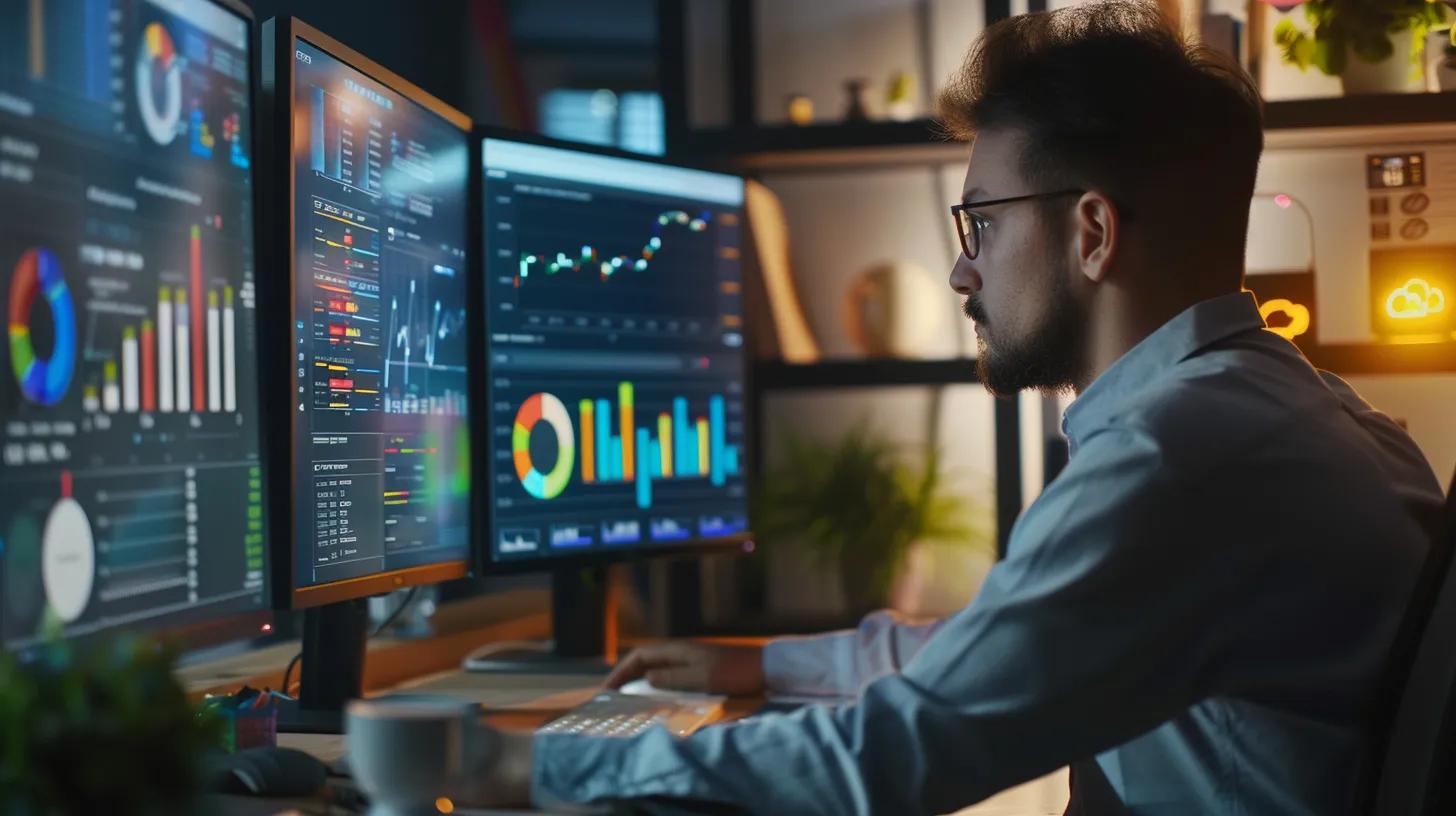Uncover Proven SEO Techniques for Higher Rankings
Master Foundational on-Page SEO Techniques for Higher Rankings
On-page SEO is a cornerstone of digital marketing because it helps search engines assess the relevance and quality of content. Start by optimising title tags and meta descriptions to improve click-through rates (CTR) from search engine result pages (SERPs). Every title and description should clearly align with search intent, enticing potential customers with strong value propositions.
A well-organised page structure is also critical. Strategic internal linking improves navigation, distributes link equity, and helps search engines understand your content hierarchy. In addition, high-quality, user-focused content that meets specific queries builds credibility and lays the foundation for sustained success.
Proper use of header tags structures content for both users and search engine bots, while image optimisation – using appropriate file names and descriptive alt text – further enhances ranking potential and accessibility. Together, these on-page techniques improve rankings and build user trust.
Optimise Title Tags and Meta Descriptions for Click-Through Rates

Title tags and meta descriptions are the first touchpoints users have with your content. When optimised, they can increase click-through rates by up to 25%. Incorporate targeted keywords like “conversion rate optimisation” and “search engine optimisation” and consider A/B testing different versions to see which best engages users. A clear, benefit-driven message reduces bounce rates and encourages longer dwell times, ensuring that both search engines and users regard the content as relevant. Aligning these elements with competitor analysis and keyword research further enhances your competitive edge and overall visibility.
Implement Strategic Internal Linking to Distribute Page Authority
Internal linking is essential to distribute page authority and improve site navigation. Thoughtfully connecting related content—such as linking a blog post on “competitor analysis” to one on keyword research—signals topical relevance and assists search engine crawlers in understanding site architecture. This naturally improves crawl efficiency and user engagement while lowering bounce rates. A well-structured internal linking strategy is often reflected in measurable improvements in click-through rates, page authority, and indexation efficiency.
| Aspect | Benefit | Improvement Value | Related SEO Term |
|---|---|---|---|
| Click-Through Rate (CTR) | Enhanced content discoverability | +15-20% | User experience |
| Page Authority | Balanced equity distribution | +10-15% | Pagerank |
| Bounce Rate Reduction | Increased user engagement | -10-20% | Usability |
| Crawl Efficiency | Better indexation | +20% | Navigation, Sitemaps |
| Topic Relevance Signals | Improved contextual authority | +25% | Content relevance |
Create High-Quality, User-Focused Content That Satisfies Search Intent

Effective content directly responds to user queries and improves search rankings. High-quality, detailed, and authoritative content helps retain users longer on your page. Understanding your target audience’s needs—using long-tail keywords like “user experience design” and “conversion rate optimisation”—ensures that your content addresses the questions asked by users.
Integrate diverse multimedia elements such as infographics and videos to support various learning styles. Ensure content is well-structured with clear paragraphs, subheadings, and bullet points. Including backend metadata (alt text, title attributes) not only boosts readability but also enhances accessibility. Real-world examples and case studies further substantiate your claims and encourage users to take action while reducing bounce rates.
Employ Header Tags Correctly to Structure Your Content
Header tags (H1, H2, H3, etc.) create a clear hierarchy, enabling both users and search engines to navigate the content easily. They distil the central topics and support a logical flow of information. For example, headers with keywords like “content marketing” or “landing page” indicate focused sections that answer specific queries. Using subheadings to include supplementary details such as examples or case studies reinforces content credibility and supports improved average session durations.
Attain Superior Rankings Through Image Optimisation and Alt Text

Image optimisation is a key element in on-page SEO. Every image should be compressed for fast loading and named descriptively with appropriate alt text. Optimised images can load up to 40% faster, directly impacting page speed—an important ranking factor. In addition, clear and keyword-embedded alt text helps images appear in relevant search results and reinforces the overall content relevance.
| Metric | Standard Benchmark | Impact on SEO | Related Term |
|---|---|---|---|
| Image File Size | < 100 KB | Faster page load times | Speed, Caching |
| Alt Text Length | 125 characters max | Clear image context | Accessibility |
| Compression Ratio | 70-80% optimal | Reduced bandwidth usage | Page speed |
| Responsive Format | Mobile-friendly formats | Higher mobile rankings | Usability, Mobile device |
| Descriptive Naming | Keywords included | Better indexation | Keyword research |
Uncover Technical SEO Methods for Enhanced Site Performance
Technical SEO optimises the website’s infrastructure to boost performance and user experience. Key tactics include: – Improving website speed through caching, image compression, and efficient coding. – Using Content Delivery Networks (CDNs) to reduce load times. – Ensuring mobile-friendliness and responsive design, as over half of search traffic comes from mobile devices. – Creating clear XML sitemaps and configuring robots.txt files to guide crawler access. – Implementing structured data markup (e.g., JSON-LD) to produce rich snippets that improve click-through rates.
These technical practices help reduce bounce rates while enhancing rankings on SERPs.
Improve Website Speed and Page Load Times for Better User Experience
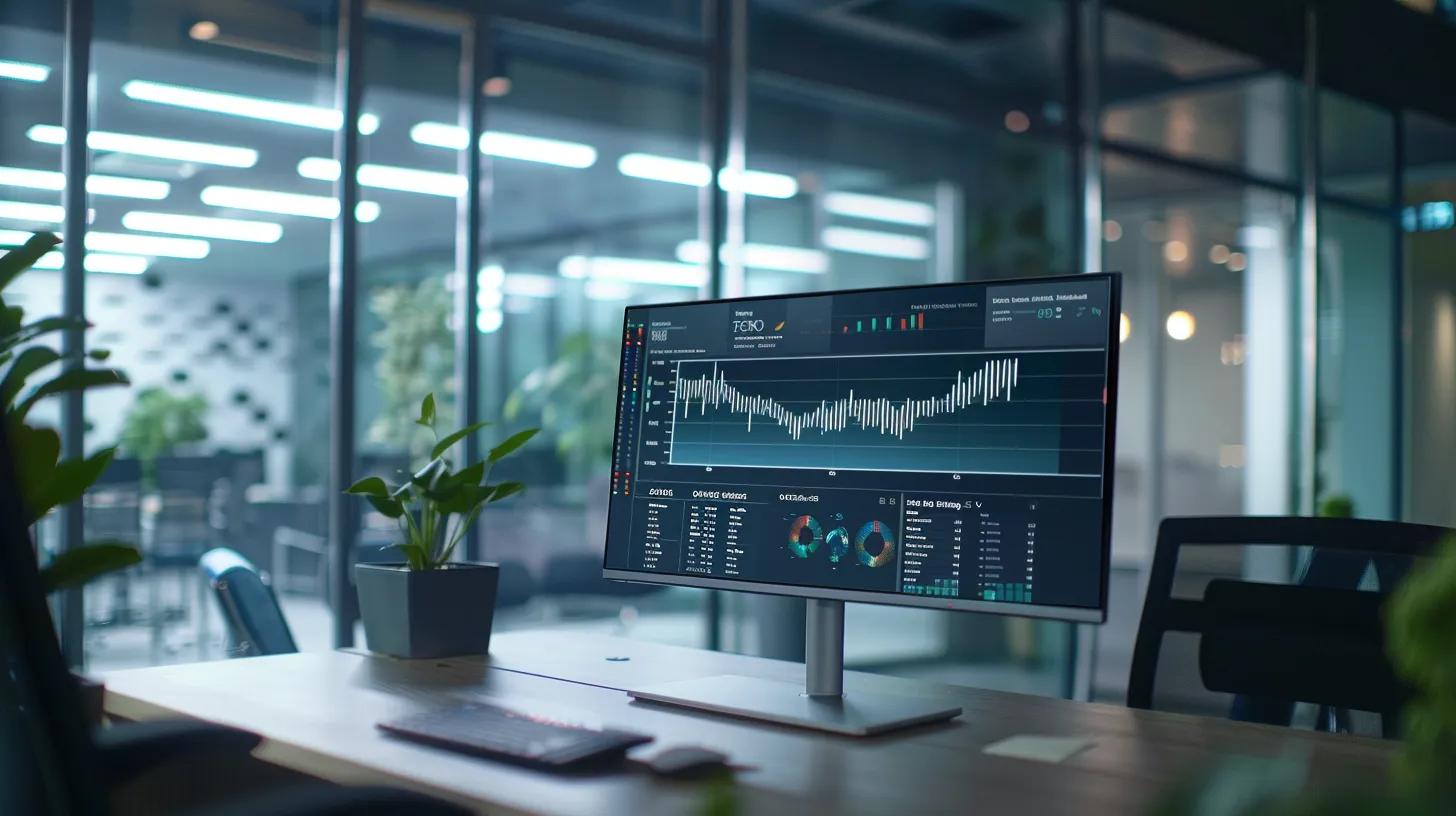
Fast-loading websites provide better user experiences and improved search rankings. Delays of even one second can reduce conversions by up to 7%. To mitigate this: – Optimise image sizes, leverage browser caching, and minify code (HTML, CSS, JavaScript). – Use reliable hosting services and CDNs to ensure consistent performance. – Establish an efficient caching policy to speed up content delivery for returning visitors. – Monitor key performance metrics through tools like Google PageSpeed Insights and GTmetrix.
These strategies result in faster page render times, boosting both conversions and search engine rankings.
| Technical Tactic | Description | Expected Improvement | Related SEO Term |
|---|---|---|---|
| Caching | Storing static versions of pages | 30-50% faster load times | Page speed |
| CDN Use | Distributing Content Globally | 20-40% Reduction in latency | Mobile Device ,, USABILITY |
| Minification | Removing Unnecessary Code Elements | 10-20% Reduction in File Sizes | Optimization |
| Image optimization | Reducing file sizes without loss of quality | Up to 40% rendering fastering | Alt attribute |
| Server Upgrades | Investing in High-Performance Hosting | Consistent Performance Boost | Navigation , Speed |
Ensure Mobile-Friendliness and responsive design across devices
With Mobile Devices Accounting for a majority of web traffic, a mobile-friendly design is essential. Response design Automatically Adjusts Layout, Images, and content based on screen size, ensuring
usability
across devices. Developers should focus on the creating of intuitive
navigation
and touch-friendly elements while keepingeping content concise. Testing Tools Like Google’s mobile-friendly test can help identify issues. A mobile-optimised website ensures longer dwell times and lower bounce rates, both of which improve rankings.
Develop a clear XML chlear for
Search Engine
Crawlers

An XML sitemap helps search engines discover and index your content efficiently. This document lists your website’s pages and prioritises important content, ensuring that new or updated pages are indexed quickly. A well-constructed sitemap reduces the chance of pages being overlooked, improves crawl efficiency, and supports faster ranking improvements. Regular audits via tools like Google Search Console ensure the sitemap remains up-to-date.
Key characteristics of an effective XML sitemap include: – Including only canonical URLs. – Real-time content updates. – Excluding non-indexable pages. – Being accessible through the robots.txt file. – Supporting multimedia sitemaps for enhanced indexation.
Utilise Robots.txt to Guide Search Engine Indexing
The robots.txt file instructs search engine crawlers on which parts of your website to crawl or ignore, protecting sensitive areas and conserving crawl budget. By disallowing access to duplicate or low-value pages (like admin sections), you ensure that only valuable content is indexed. Regular checks of the robots.txt file help prevent accidental blocking of critical pages and protect your site’s overall performance.
Implement Structured Data Markup for Richer Search Results

Structured data markup uses formats such as JSON-LD to provide search engines with detailed information about your content. This practice enhances the appearance of your search results by adding rich snippets (e.g., reviews and ratings), which can lead to higher CTRs. By embedding structured data, you also help search engines better understand and categorise your content, boosting authority and user trust.
Build Authority With Effective Off-Page SEO Strategies
Off-page SEO focuses on building your website’s reputation through external efforts. High-quality backlinks from authoritative websites are the strongest signal of credibility. Techniques include: – Guest blogging to share expertise and earn backlinks. – Leveraging influencer marketing for wider reach. – Engaging in local SEO by obtaining local citations and reviews. – Monitoring online reputation to ensure consistent brand integrity. These off-page strategies enhance domain authority and drive referral traffic, thereby supporting improved search rankings.
Acquire Quality Backlinks From Reputable Sources

Quality backlinks are vital for SEO success, as they signal to search engines that your content is credible. Focus on earning natural backlinks from reputable publishers, news sites, and authoritative blogs. Avoid low-quality or spammy links, which can harm your reputation. An effective approach includes outreach and influencer marketing while maintaining a diverse link profile.
| Metric | Ideal Range/Value | Benefit | Related SEO Term |
|---|---|---|---|
| Domain Authority | 50+ | Increased credibility | Pagerank, Brand |
| Trust Flow | 20+ | Enhanced ranking signals | Link building |
| Relevance | High | Better user engagement | Content strategy |
| Link Diversity | Multiple sources | Resilient SEO profile | Competitor analysis |
| Number of Backlinks | Steady growth | Cumulative authority boost | Organic search results |
Engage in Guest Blogging on Authoritative Websites
Guest blogging expands your brand’s presence and secures valuable backlinks. By writing high-quality, tailored content for reputable platforms, you build brand authority while directly driving targeted traffic to your site. Ensure that guest posts include data, case studies, and actionable insights, and are optimised with relevant keywords such as “brand awareness” and “digital marketing” to support overall SEO goals.
Monitor and Manage Your Online Reputation and Brand Mentions

Online reputation management is crucial for maintaining trust. Monitor brand mentions and reviews using tools like Google Alerts and social media platforms. Respond promptly to negative feedback and cultivate positive testimonials to build social proof. This proactive management supports both user experience and backlink acquisition, further strengthening your site’s authority.
Utilise Local SEO Tactics for Geo-Targeted Audiences
Local SEO helps you reach geographically targeted audiences. Optimise local business listings, encourage customer reviews, and create regional content to drive highly relevant traffic. Maintain consistent NAP (Name, Address, Phone) data and use localised keywords like “local search” and “near me.” These strategies improve your visibility on local SERPs and build community trust.
A concise list of local SEO best practices: – Optimise Google My Business listings. – Encourage and respond to reviews. – Publish local news or case studies. – Integrate local keywords in titles and descriptions. – Use localized structured data.
Foster Social Media Signals to Support SEO Efforts

Social media indirectly influences SEO by increasing brand awareness and driving traffic. Regularly share high-quality, keyword-rich content on platforms like LinkedIn, Twitter, and Facebook. This engagement generates social signals that, while not direct ranking factors, support backlink opportunities and enhance your content’s overall authority. Integrate share buttons and embedded posts to create a cohesive digital strategy that multiplies reach.
Conduct Thorough Keyword Research to Target Valuable Traffic
Thorough keyword research is fundamental to targeting the right traffic. Identify high-intent keywords using both short and long-tail strategies. Tools and competitor analysis help you pinpoint phrases such as “conversion rate optimisation,” “landing page,” and “influencer marketing.” Group these keywords thematically to ensure comprehensive coverage of your niche, guiding content creation that directly addresses user needs and drives qualified traffic.
| Focus Area | Keyword Type | Example Keywords | Benefit |
|---|---|---|---|
| User Intent | Long-tail | “user experience design tips” | Higher relevance |
| Conversion Optimization | Head terms | “conversion rate optimisation” | Broad traffic appeal |
| Local Targeting | Geo-targeted | “local search strategies” | Increased visibility |
| Brand and Reputation | Competitor | “competitor backlink strategy” | Enhanced trust signals |
| Technical SEO | Specific | “XML sitemap optimisation” | Better indexability |
Identify High-Intent Keywords Your Audience Searches For

High-intent keywords are those that signal purchase readiness, such as “buy now” or “request a demo.” Use search analytics to determine which queries drive significant traffic and conversions. Integrate these keywords naturally into headers, descriptions, and metadata to improve both user targeting and conversion rates.
Analyse Competitor Keyword Strategies to Find Opportunities
Studying competitors reveals gaps and opportunities in keyword strategy. Analyse the terms that top-ranking sites use, and identify high-volume keywords they target. This process helps you refine your content to include neglected but valuable keywords, ensuring a more comprehensive strategy that sets you apart in your niche.
Focus on Long-Tail Keywords for Specific Search Queries
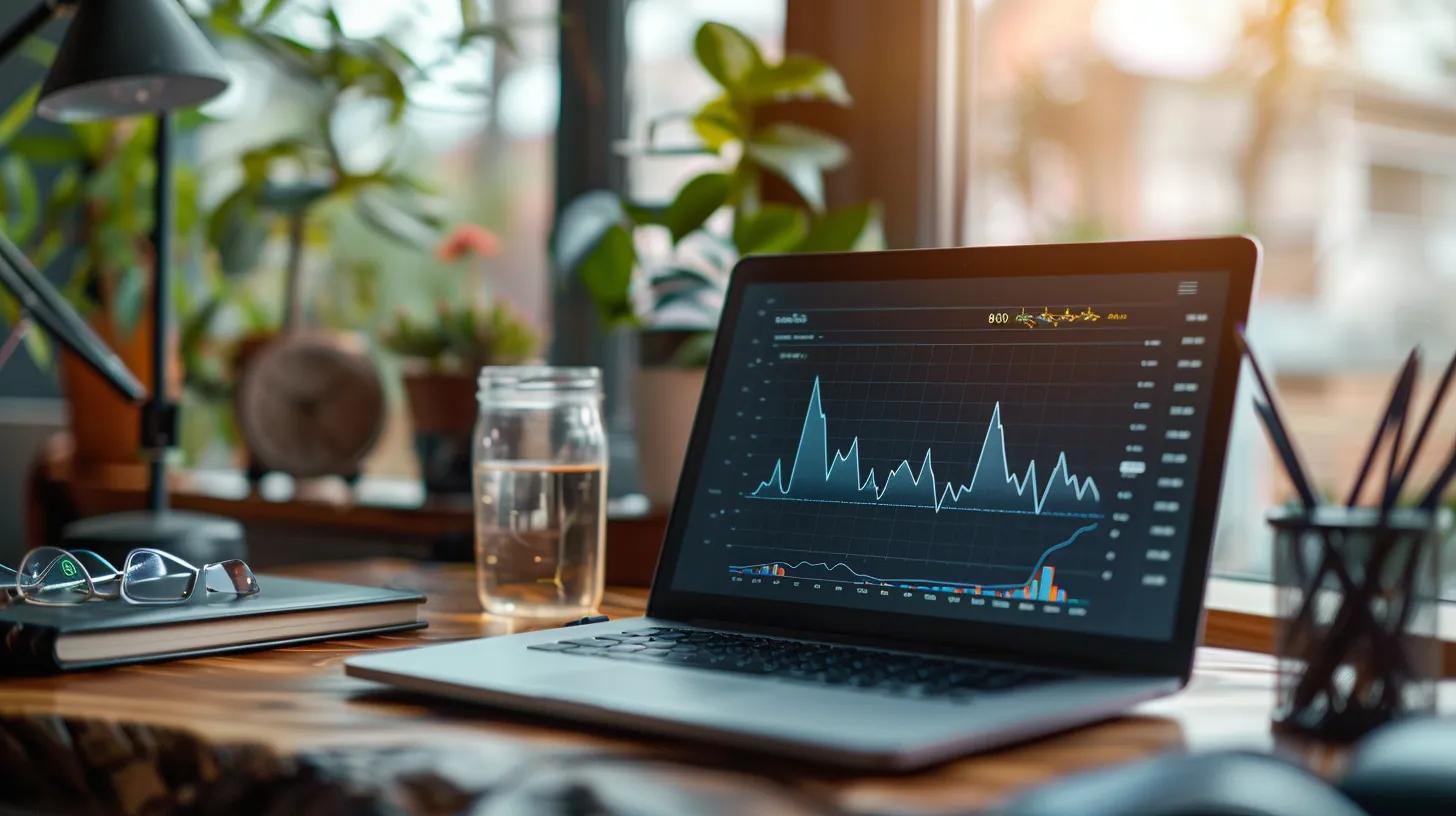
Long-tail keywords—though lower in search volume—tend to have higher conversion rates due to their specificity. Use phrases like “how to optimise landing pagenavigation” to capture users seeking detailed solutions. Their lower competition can lead to quicker ranking improvements and more targeted traffic.
Understand Searcher Intent Behind Keywords for Content Creation
Deciphering whether a query is informational, navigational, or transactional helps tailor your content accordingly. Address user intent directly by providing clear solutions, detailed guides, or actionable insights. This approach not only enhances rankings but also keeps users engaged and increases conversion rates.
Group Keywords Thematically for Comprehensive Content Coverage
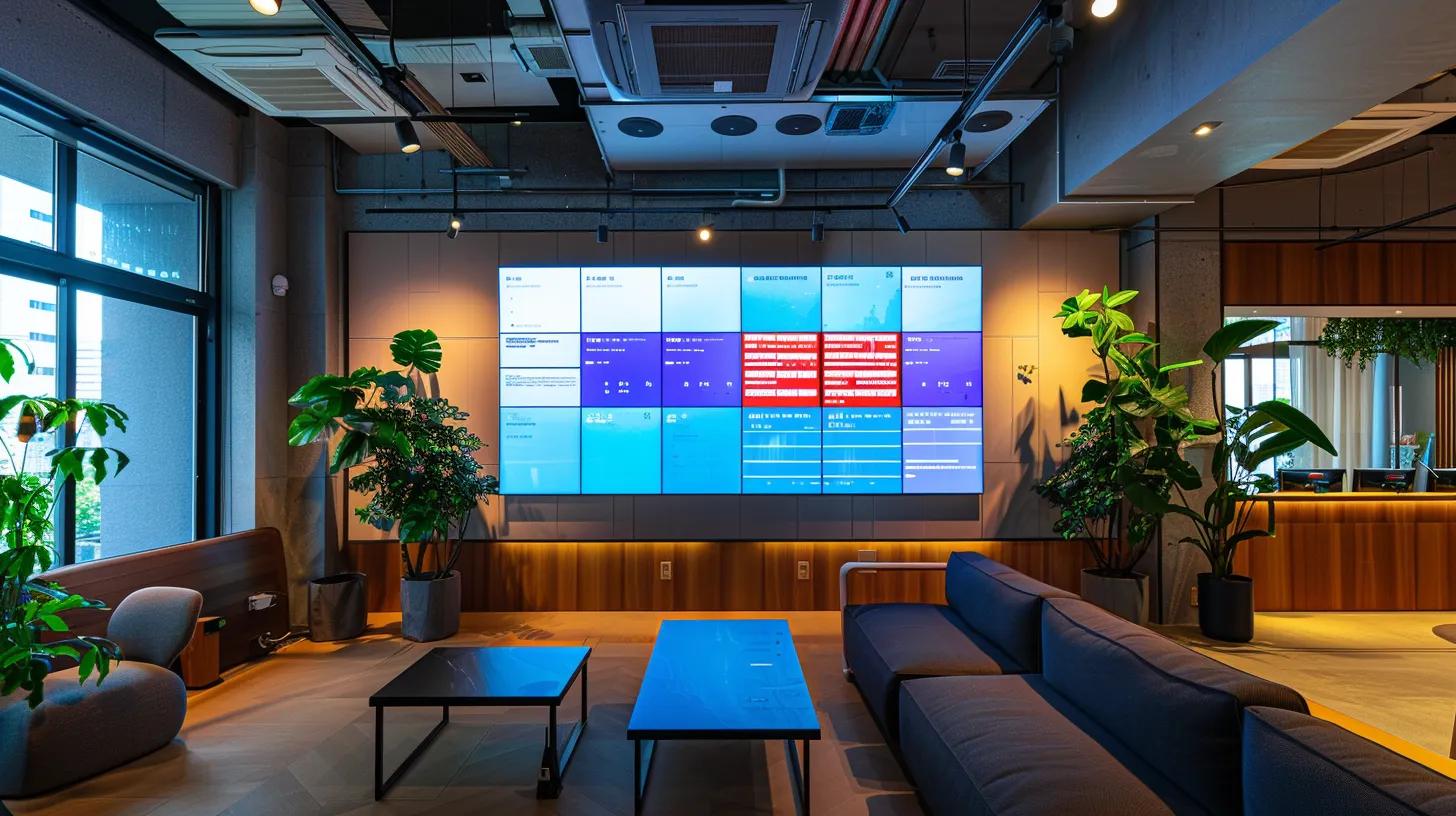
Organise keywords into themes to achieve semantic clarity and topic authority. Group related terms (e.g., “local search optimisation,” “mobile device ranking”) within unified content clusters. This strategy helps reduce overlap, improves content structure, and signals topical expertise to search engines.
| Theme | Example Keywords | Benefit | Focus Area |
|---|---|---|---|
| Technical SEO | XML sitemap, robots.txt, structured data | Better crawlability | Site performance |
| User Experience | bounce rate, navigation, mobile-friendly | Increased engagement | User experience |
| Digital Marketing | content marketing, backlink strategy, ROI | Enhanced brand credibility | Lead generation |
| Local SEO | local search, geo-targeted keywords | Greater local visibility | Targeted traffic |
| Conversion | landing page, call-to-action, conversion rate | Higher conversion rates | Sales and engagement |
Analyse and Refine Your SEO Approach for Continuous Improvement
SEO is dynamic and requires regular refinement. Use systematic audits, performance tracking, and A/B testing of elements like title tags and internal links to identify areas for improvement. Data-driven insights from tools like Google Analytics allow you to adjust your strategy incrementally, ensuring sustained organic growth over time.
Regularly Audit Your Website for SEO Health
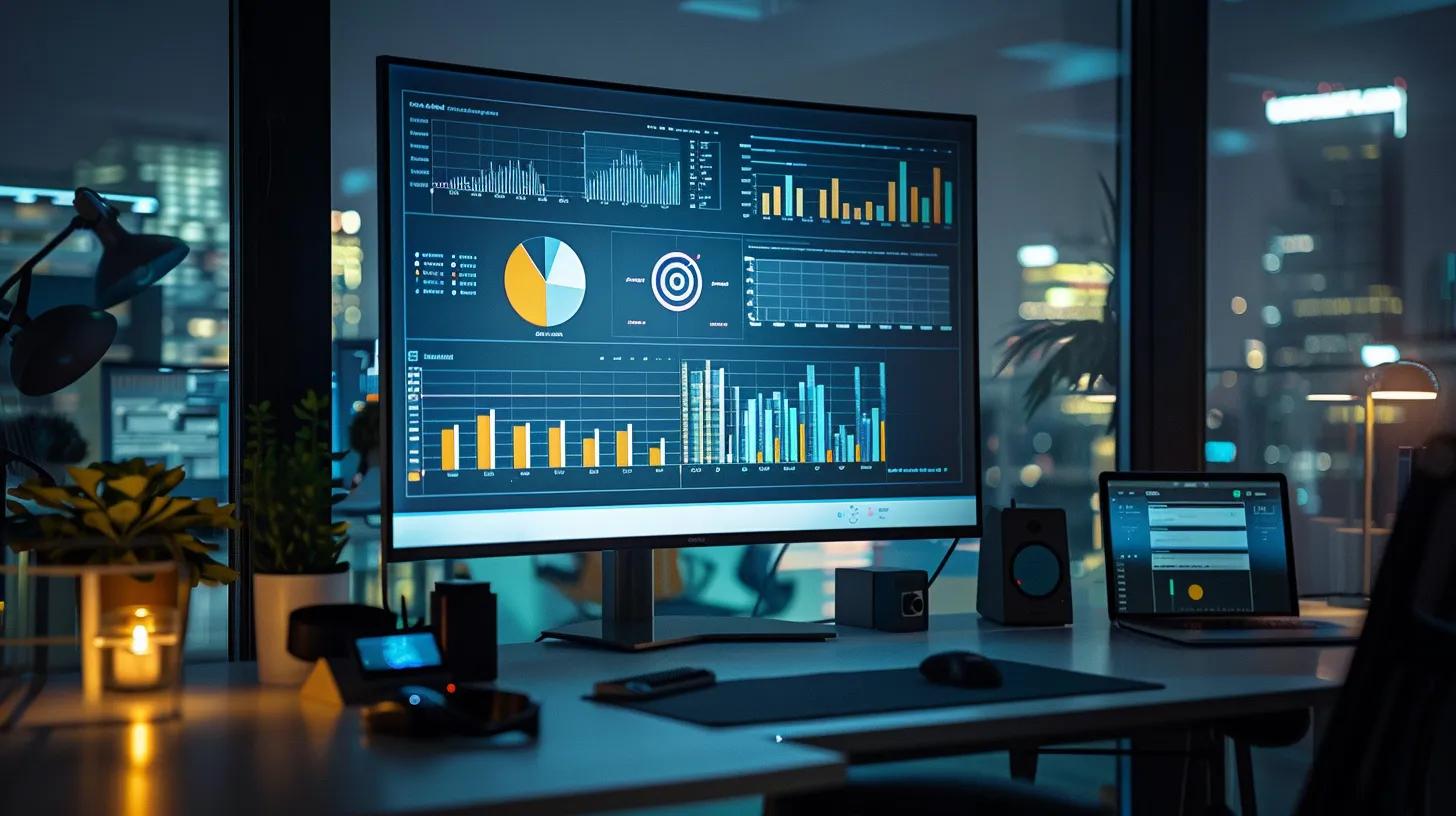
Routine SEO audits help identify issues such as broken links, duplicate content, and slow page speeds. Regular checks—using tools that highlight regressions and keyword cannibalisation—ensure that your website remains technically sound and aligned with current SEO best practices. Consistent audits reduce ranking volatility and help maintain a strong search presence.
Track Key SEO Metrics and Performance Indicators
Monitoring SEO performance is crucial. Use Google Analytics, Search Console, and third-party tools to track metrics like organic traffic, bounce rate, conversion rate, and session duration. Establish baselines and continuously compare results over time to guide strategic adjustments that improve overall user engagement and search rankings.
Adapt to Search EngineAlgorithm Updates

With search engine algorithms constantly evolving, it is essential to remain agile. Stay informed about industry trends, test the impact of updates, and adjust your strategy accordingly. Regularly re-optimise content, update sitemaps, and reassess metadata to ensure your site complies with best practices and capitalises on algorithm changes.
Perform A/B Testing on SEO Elements for Optimisation
A/B testing refines your SEO strategy by comparing different versions of on-page elements. Experiment with title tags, headers, and meta descriptions to determine which variations yield the highest engagement and conversion rates. Use testing results to make targeted adjustments that enhance overall site performance.
Use Analytics to Understand User Behaviour and Refine SEO Techniques for Higher Rankings

Analytics is the backbone of a successful SEO strategy. By analysing metrics such as page views, CTR, and engagement duration, you can identify user behaviour patterns and pinpoint bottlenecks. Use these insights to continuously refine your approach, ensuring that optimisations lead to higher rankings and better conversion outcomes.
Advance Your Content Strategy for Sustained Organic Growth
A dynamic content strategy is key to long-term SEO success. Develop topic clusters and hero pillar pages to establish authority, and regularly repurpose existing content to extend its reach. Creating engaging video content can further boost dwell time, while refreshing older posts maintains content relevance. Integrate user-generated content like reviews and testimonials to build social proof. Continuous keyword research, competitor analysis, and performance tracking ensure that your content strategy remains aligned with user intent and industry trends.
| Strategy Component | Method | Benefit | Related KPI |
|---|---|---|---|
| Topic Clusters | Pillar pages & subtopics | Establishes authority | Organic traffic growth |
| Content Refresh | Updating older posts | Increases relevance | Ranking improvements |
| Multimedia Integration | Videos, infographics | Enhances engagement | Dwell time |
| Repurposing Content | Transforming blogs into eBooks | Extends reach | Conversion rate |
| User-Generated Content | Reviews, testimonials | Builds trust | Brand reputation |
Develop Topic Clusters and Pillar Pages for Authority

Grouping related content into topic clusters around a central pillar page signals authority to search engines. A comprehensive pillar page on “advanced SEO strategies” can be supported by sub-pages covering technical SEO, content marketing, and keyword research. This structure not only boosts rankings for high-volume queries but also helps retain visitors by providing clear navigation paths.
Repurpose Existing Content for Wider Reach and Impact
Repurposing content maximises the investment of your existing assets. Transform successful blog posts into infographics, videos, or podcasts to cater to different audience preferences and extend your reach. This approach reinforces your core message across multiple platforms, increases brand awareness, and supports renewed link building and engagement.
Create Engaging Video Content to Boost Dwell Time

Engaging video content enhances user experience by clearly explaining complex topics. Videos on “content management” or “keyword research” can increase session durations and positively affect search rankings. Production should focus on high-quality tutorials, case studies, and interviews, with proper metadata to maximise impact.
Refresh and Update Older Content to Maintain Relevance
Regularly updating older content is essential for long-term SEO success. Refresh outdated posts by revising statistics, adding recent insights, and integrating emerging keywords to maintain or improve relevancy. This process not only improves readability and user experience but can also lead to significant traffic boosts when content is re-indexed.
Incorporate User-Generated Content to Build Trust and Engagement

User-generated content, including reviews and testimonials, builds social proof and enhances credibility. Integrate UGC into your blog posts and product pages to foster community engagement and reduce bounce rates. This authentic content exchange supports both SEO performance and a positive brandreputation.
Frequently Asked Questions
Q: What are the main benefits of optimising title tags and meta descriptions?
A: They improve CTR by providing clear, engaging summaries aligned with user search intent, leading to higher engagement and reduced bounce rates.
Q: How does internal linking influence overall SEO performance?
A: It distributes page authority, improves navigation, and helps search engines understand content hierarchy, resulting in improved indexing and conversions.
Q: Why is mobile-friendliness critical for modern SEO strategies?
A: Because responsive design and fast mobile load times are key ranking factors that improve user experience and reduce bounce rates.
Q: What role do XML sitemapsand robots.txt play in technical SEO?
A: XML sitemaps guide crawlers to essential pages while robots.txt files instruct them on which content to ignore, preserving crawl budget and ensuring high-value pages are indexed.
Q: How can structured data markup enhance search engineresults?
A: By adding rich snippets like reviews and ratings, which increase organic CTR and establish authority and trust.
Q: In what ways can content repurposing benefit a digital marketingstrategy?
A: It extends the lifespan of high-performing content by transforming it into various formats, increasing reach and reinforcing key messages.
Q: What are the critical elements in building a successful off-page SEO strategy?
A: Acquiring quality backlinks, guest blogging, monitoring online reputation, and utilising local SEO tactics—each amplifies domain authority and drives targeted traffic.
Final Thoughts
This guide demonstrates how on-page and technical SEO, coupled with effective content and off-page strategies, can create a robust digital marketing approach. By optimising title tags, building strategic internal links, and continuously refining your content – from repurposing to incorporating user feedback – you drive higher rankings, enhanced user experience, and increased conversions. Regular audits and data-driven adjustments ensure that evolving search engine algorithms are met with agile, sustainable strategies, ultimately reinforcing your authority in the industry.



